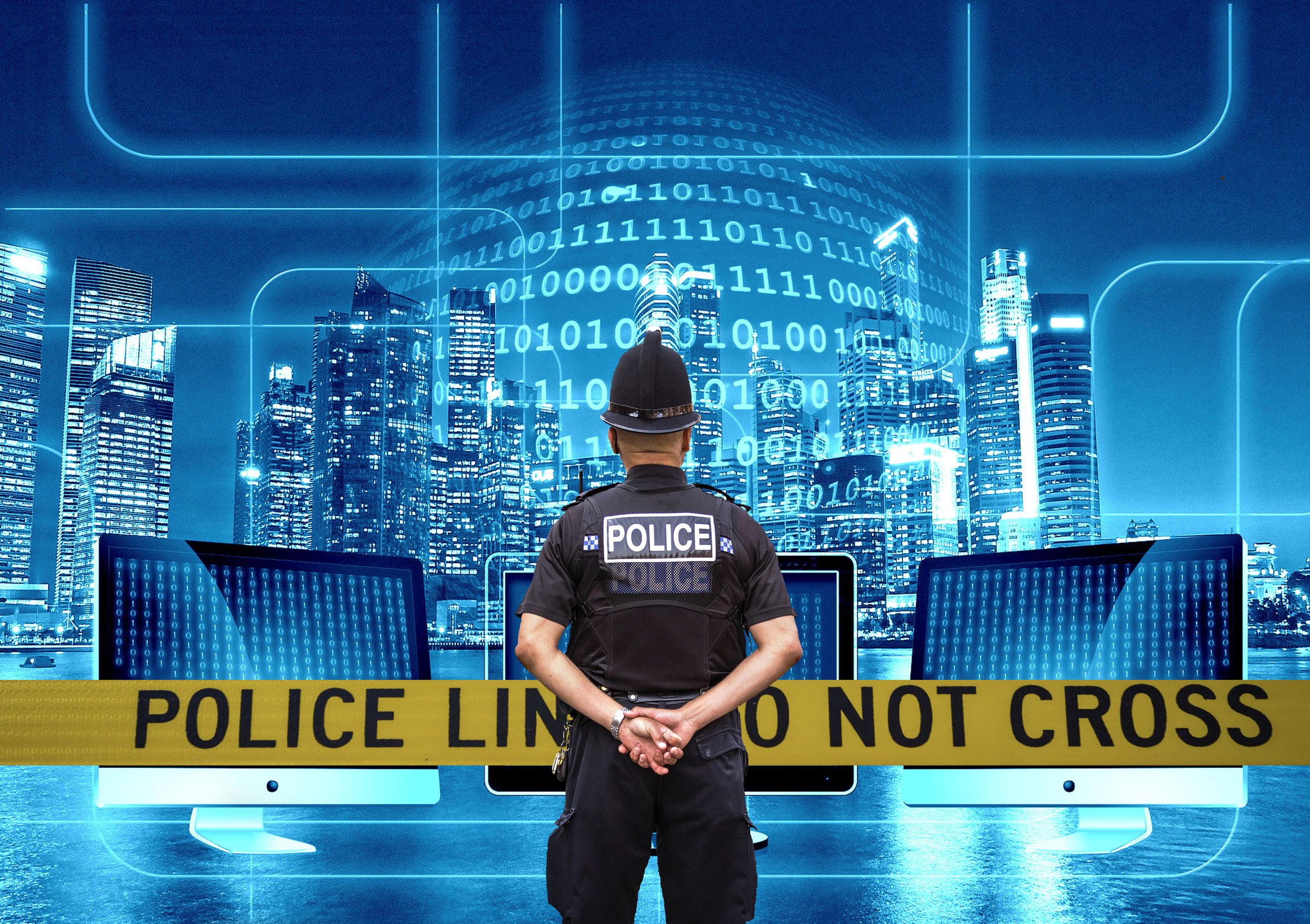Photo-hacking
As you have read in the previous section, self-taken sexual images may sometimes be produced non-consensually by tricking or coercing the victim, while in other situations production of the image may have been consensual but it is non-consensually distributed beyond the intended recipient(s). Sometimes this non-consensual distribution is achieved by hacking into private images that have been stored online. A high-profile example of this was the celebrity photo-hacking scandal in 2014, where nude images of celebrities were stolen from online accounts and disseminated publicly. Bates (2017) suggests that these cases of celebrity photo-hacking and non-consensual pornography, targeting well-known women such as Jennifer Lawrence and Kate Upton, have led to deeper discussion in the media of issues around non-consensual pornography, consent, and the oppression of women. Jennifer Lawrence termed what happened to her as a ‘sex crime’ (Kashner, 2014) and described how violated she felt by the experience (Oppenheim, 2017).
However, although the theft and distribution of the images was a crime, legally it was not considered a sex crime, and some commentators (e.g. Mackie, 2014) suggest that it is the responsibility of internet users to understand that the worldwide web is not a private space, placing the responsibility for the crime with the victims, rather than the perpetrators.
Activity 4 How does photo hacking affect victims?
While the large-scale theft and distribution of images of celebrity photo-hacking victims has been important in drawing attention to the issues around non-consensual access and distribution of intimate images, not all victims are in the public eye. Listen to the following audio clip from Danger in the Download, in which Angie describes her experience of having her private images hacked. Make some notes on the questions below as you listen:
- a.How does Angie describe her feelings about what happened to her?
- b.Are there aspects of the online nature of the crime that make it particularly troubling for Angie?
Transcript: Audio 1 Danger in the download
Discussion
Like Jennifer Lawrence (Oppenheim, 2017), Angie expresses a feeling of violation. She is a victim of the initial theft, but this is compounded by the widespread distribution of the images, which is facilitated by the internet. She has the uncomfortable knowledge that people she has never met may have seen private images of her without her consent. She also highlights the potential damage on a professional level, as prospective employers may be able to access the images, and because of the permanence of images online they can never be truly erased.
